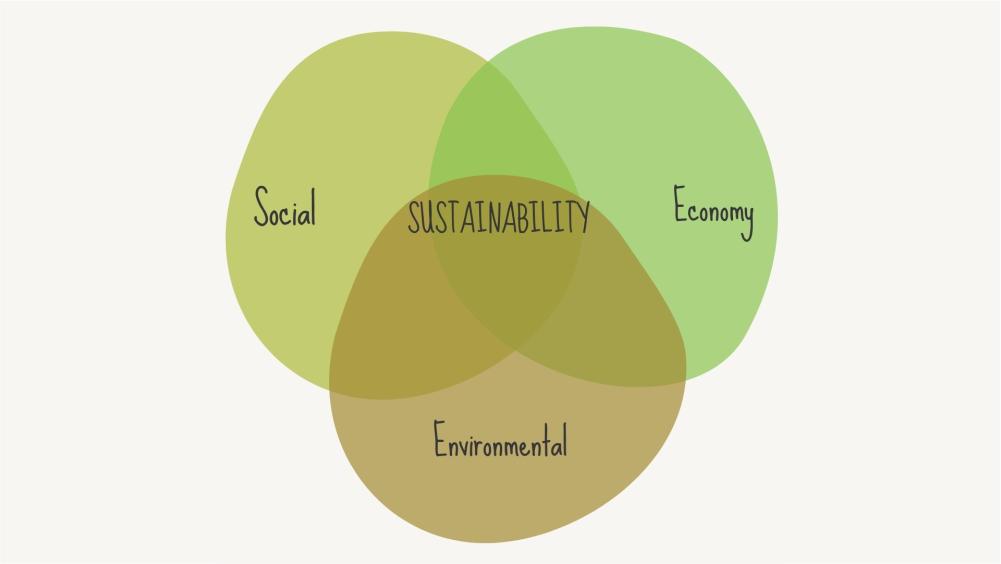Adiel Chrissetia
Published : 28 February 2022

Sustainability reflects an equal condition in its aspects where they are connected. The three important pillars of sustainability itself are the environment, social and economic. It is about integration and developing in a way that benefits the broadest possible range of sectors, across borders. However, the decisions should take into consideration the potential impact on society, the environment, and the economy, while the actions will have implications for the future. The achievement of sustainability in every aspect has been simultaneous and implying the symbiosis where the ecosystem must have a community which depends on the environment.
The primary role of environmental aspect was written in the article by Department of Economic and Social Affairs of the United Nations (2008) “an environmentally sustainable system must maintain a stable resource base, avoiding overexploitation of renewable resource systems or environmental sink functions, and depleting non-renewable resources only to the extent that investment is made inadequate substitutes.The system includes maintenance of biodiversity, atmospheric stability, and other ecosystem functions not ordinarily classed as economic resources. Sustainability has been a tendency for emphasis to be placed on the economic and environmental dimensions, to the relative detriment of social and cultural aspects.
In society, sustainability has become a standard for the equitability of human rights, enough resources and basic access for all communities. In fact, there are still many issues in the community in terms of health access and also economic security.
The population growth and globalization become drivers for the sustainability issue. With the increase in population, natural resources become an object for community welfare. These would lead economic development in all sectors such as industry, commercial as well as household and transportation in increasing energy consumption which for instance are food production, fuel, and construction. The implication between population growth and the environment is explained by Chavez (2014) that population increase is solely responsible for all environmental effects and the view that more people mean the development of new technologies to overcome any ecological problems.
The point is sustainability defines the process and also the action of the living system. So, the sustainability pillars like environment, social and economy are kept to balance while all these pillars are connected by human being activities.
- Chavez, R.D. 2014. Introduction for socio-economic sustainability environment. In : Rutz, et al. eds. Socioeconomic impacts of bioenergy production. Germany: Springer, pp. 17-37.
- Department of Economic and Social Affairs of the United Nations. 2008. Achieving sustainable development and promoting development cooperation. Available at : http://www.un.org/en/ecosoc/docs/pdfs/fina_08- 45773.pdf.
